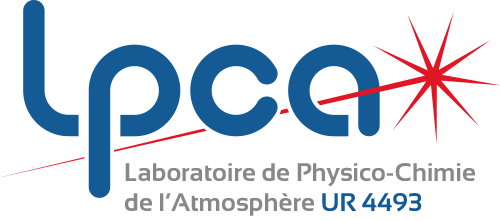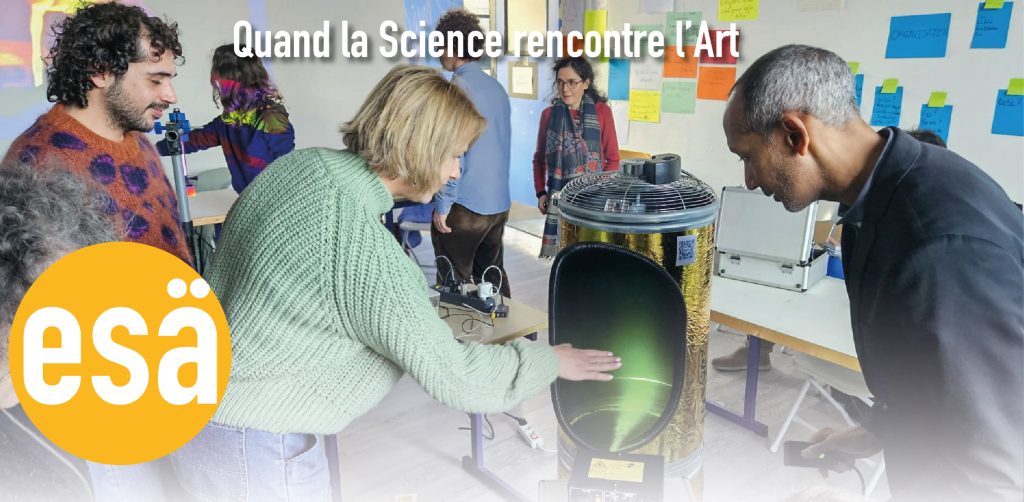
Supported by the Pôle MTE, LPCA researchers (Hervé DELBARRE, Eric FERTEIN and Patrick AUGUSTIN), accompanied by the communications manager of the Pôle MTE (Véronique VANVINCQ), spoke at the École Supérieure d’Art (ESA) of Nord Pas-de-Calais, as part of an Initiation to Research Creation Workshop (AIRC ‘Zéphyr et Aquilon’) around meteorology. Aimed at ESA undergraduate students, this workshop was supervised by Cyril GRIGNON (Philosophy Professor) and Laëtitia LEGROS (Drawing Teacher): “This workshop aims to ask how meteorology can help us construct diagrams “operational techniques capable of explaining artistic behavior and, more broadly, aesthetic attitudes – particularly those which assert themselves within our living environment, indissolubly mixed with images, techniques and media”.
This Tuesday, November 21, 2023, scientific experiments dedicated to 2nd year ESA students were carried out in order to help them find inspiration from a presentation of meteorological phenomena (Photos 1, 2), scientific devices (Photo 3) and the transmission of scientific culture through a fun approach (Photos 4).
Thus, the Coriolis force, anticyclones, depressions, centrifugal force, sea breeze, urban heat island, turbulence, ground roughness, convection, subsidence and upwelling zones, condensation, evaporation, nucleation, clouds, wind transport, the meteorological equator, meteorological phenomena as well as the consequences of gradients (contrasts) of different physical parameters (temperature, pressure, humidity, etc.) have been highlighted and explained in an educational and fun way.
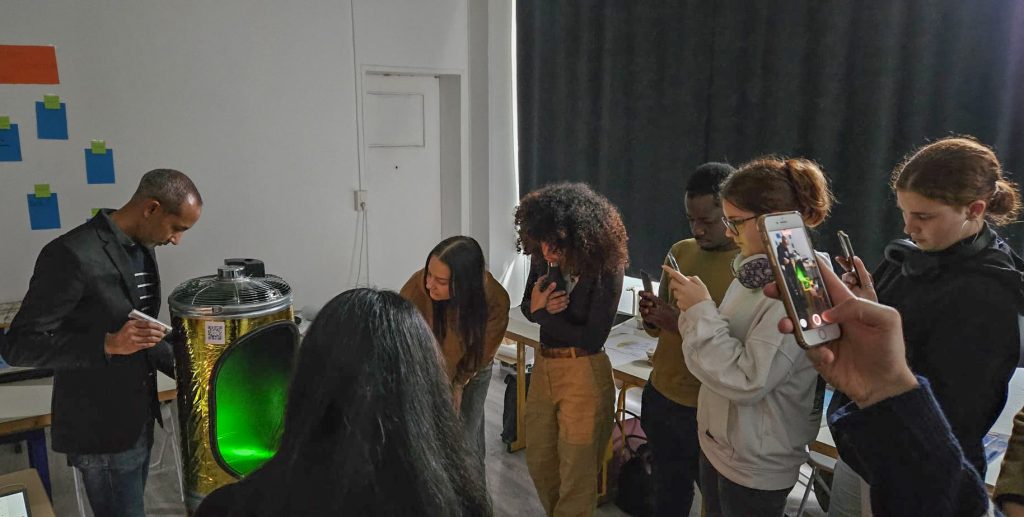
Photo 1 : Demonstration dedicated to 2nd year ESA students, to help them find inspiration
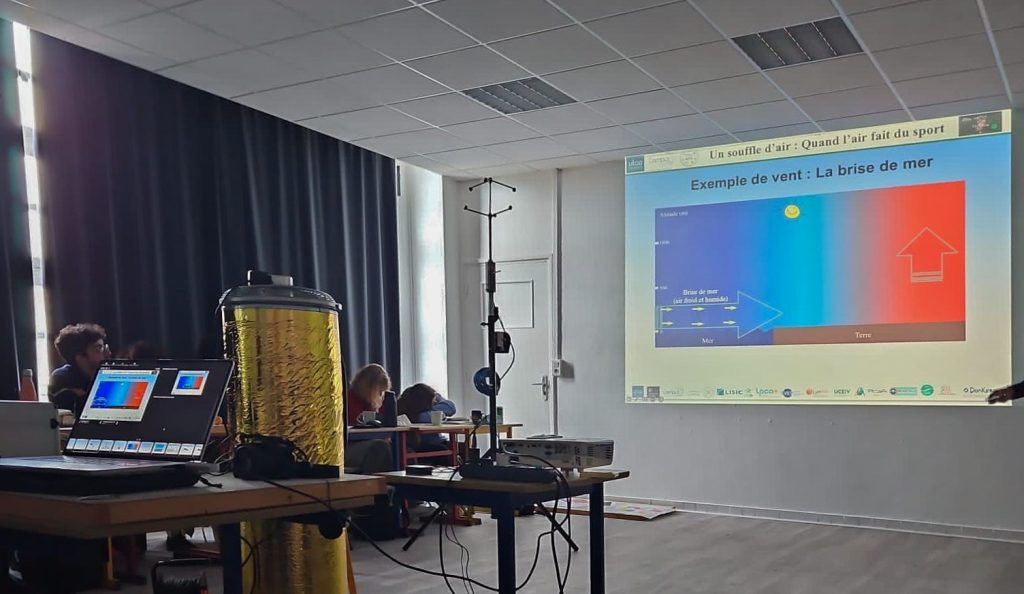
Photo 2 : Presentation of meteorological phenomena, dedicated to 2nd year ESA students, to help them find inspiration
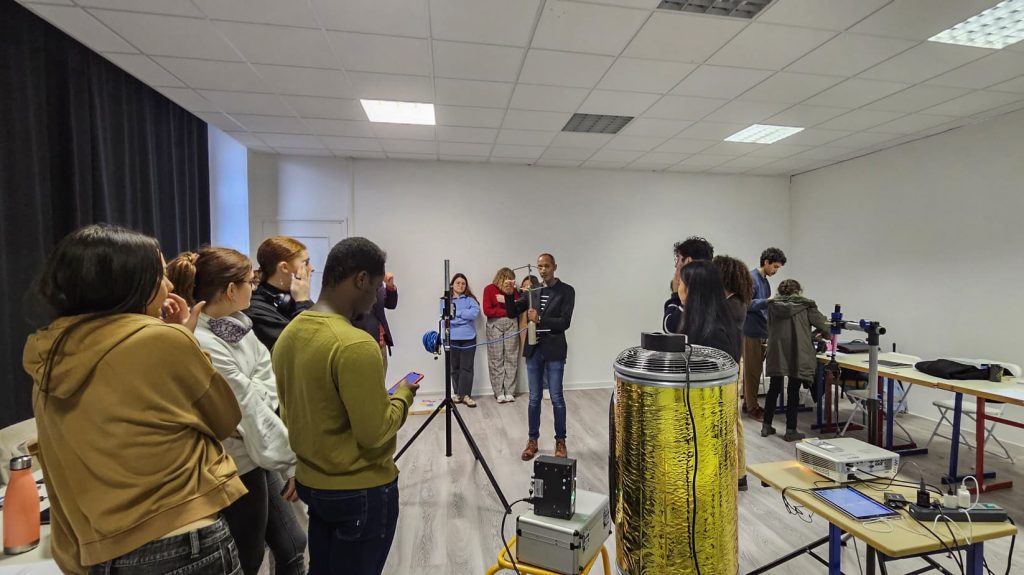
Photo 3: Explanation of the operation of an ultrasonic anemometer used to measure wind speed and study turbulence
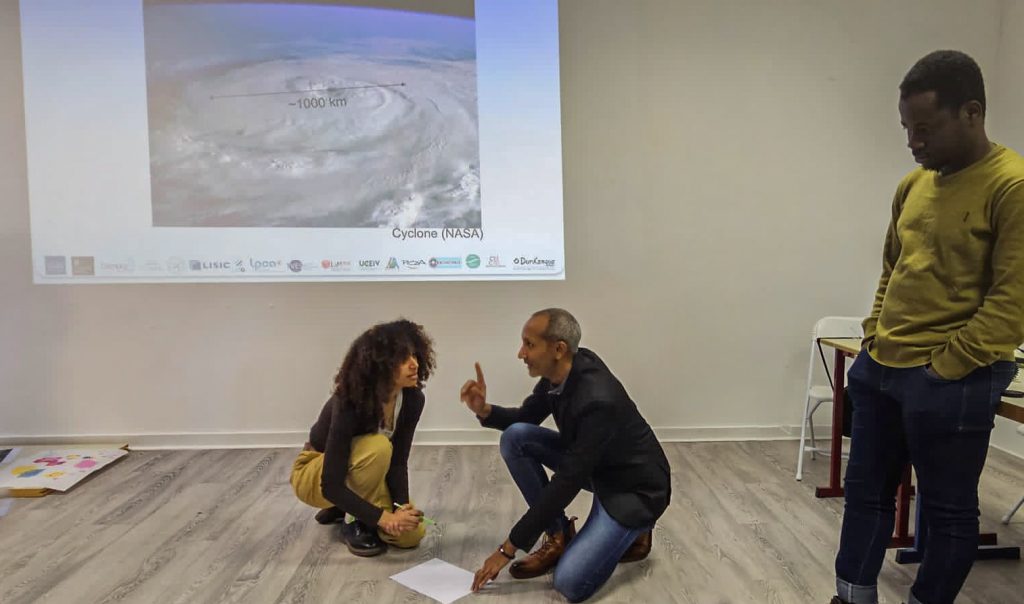
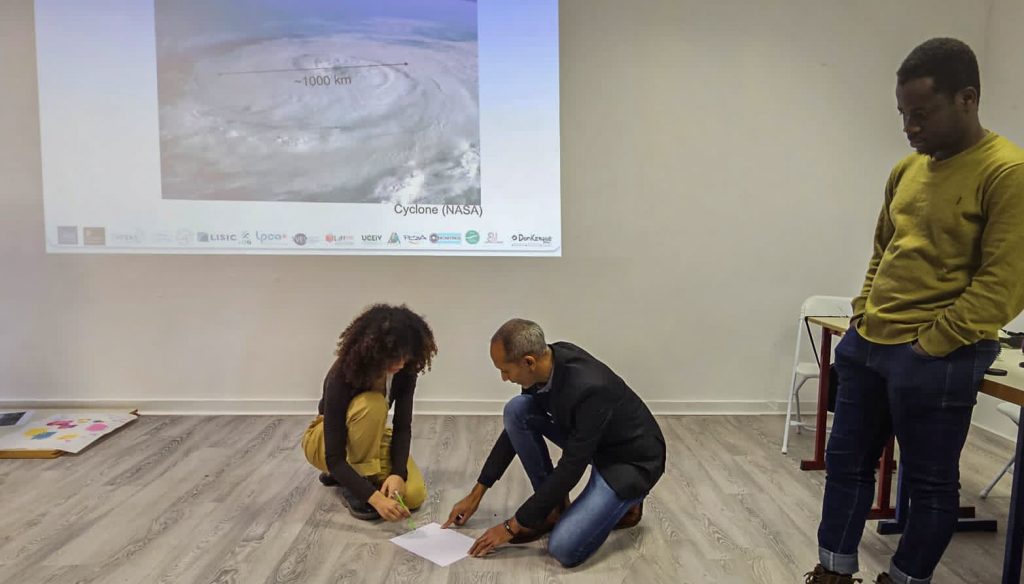
Photo 4: Transmission of scientific culture through a fun approach. For example, the Coriolis force was explained as a game to answer the question: Why do hurricanes rotate in one direction in the northern hemisphere and the opposite direction in the southern hemisphere?
Furthermore, the famous tornado machine made it possible to demonstrate the spectacular side of air movements from the formation of the snorkel observable using tracers (aerosols) and light. The temporal and spatial variation of the concentration of aerosols, inside the cavity of the machine, generates a contrast perceptible to the naked eye by the diffusion of light. The structure of the tornado was clearly perceived by our artists thanks to the use of a laser sheet giving rise to a horizontal cut of the tuba. Beyond the tornado, the laser sheet was an opportunity to visualize the vortices generated by air turbulence (Photo 5). The awareness of the presence of omnipresent turbulence around us has raised many questions on this subject. Moreover, the multi-scale nature of turbulence provided the opportunity to present to students the ultrasonic anemometer for the study of turbulence. From large whirlpools to small whirlwinds, the cascade of energies (according to Kolmogorov’s theory) has been a popular subject among art students. From 2D to 3D, experiments around turbulence could give some ideas to young artists to develop their future creation. Beyond the mechanical aspect, a thermal camera was presented to the young artists (following the request of Léa, a 2nd year student) in order to explain to them the potential and limits of this device. Furthermore, this camera was tested for the first time on the tornado in order to try to perceive the thermal gradients of aerosols but also on other fluids such as water (Photo 6)
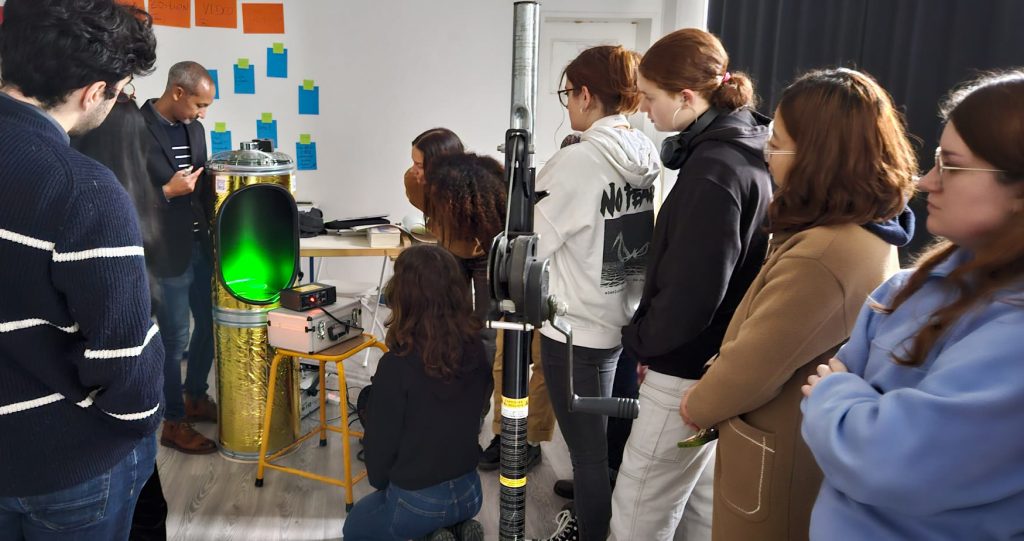
Photo 5: The tornado machine aroused the curiosity of young artists
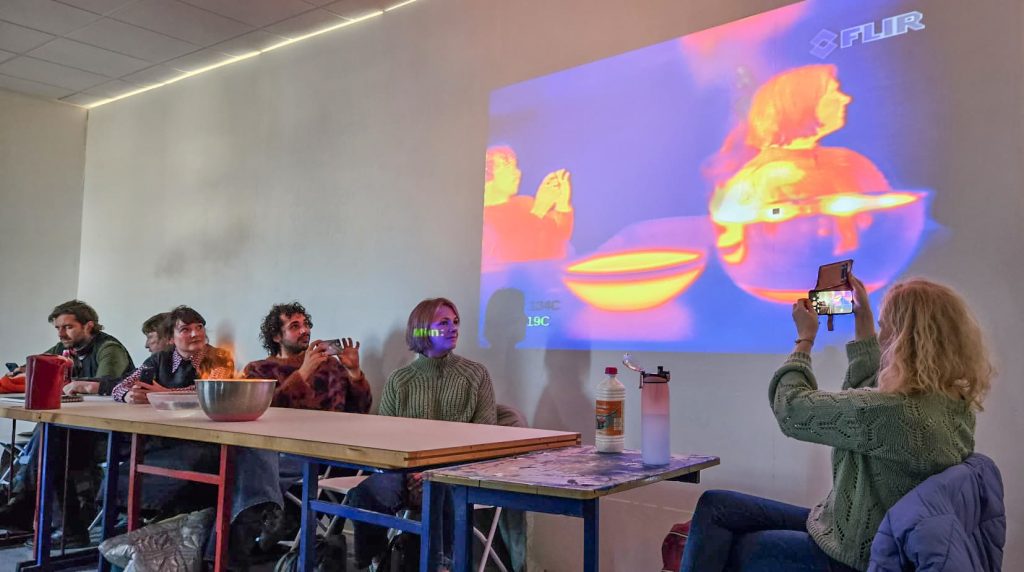
Photo 6: Use of the thermal camera by 2nd year ESA students, highlighting temperature gradients
At the end of the demonstrations, an exchange was able to take place between the scientists and the artists in order to try to answer the following questions:
– “The principles, methods and instruments in force in this science, or even the objects, used today and within our cultural area as well as in other times and in other places, to purpose of predicting the weather or protecting ourselves from these effects, can they be sources of plastic speculation? »
– “How could attention paid to atmospheric phenomena, climatic variations and air qualities influence the plasticity at work? »
– “Would artistic practice, like navigation at sea, finally benefit from relying on meteorology? »
This intervention was able to continue in the afternoon in the company of their English counterparts, from Margate, visiting Dunkirk. The English students took advantage of the presence of the researchers in order to be able to flourish in front of the experiences which were also fully used for the benefit of the 2nd year students of the ESA to prepare their Initiation to research creation project.
During this day, a visit to the ESA also made it possible to contribute to the potential that a partnership between the ULCO and the ESA can generate. An agreement between its two establishments could see the light of day.
Thanks :
Anne RIVOLLET (ESA Director of the Dunkirk site), Cyril GRIGNON, Laëtitia LEGROS, Delphine RICHE, Marc FOURMENTIN, Sylvain BILLET and Colette.
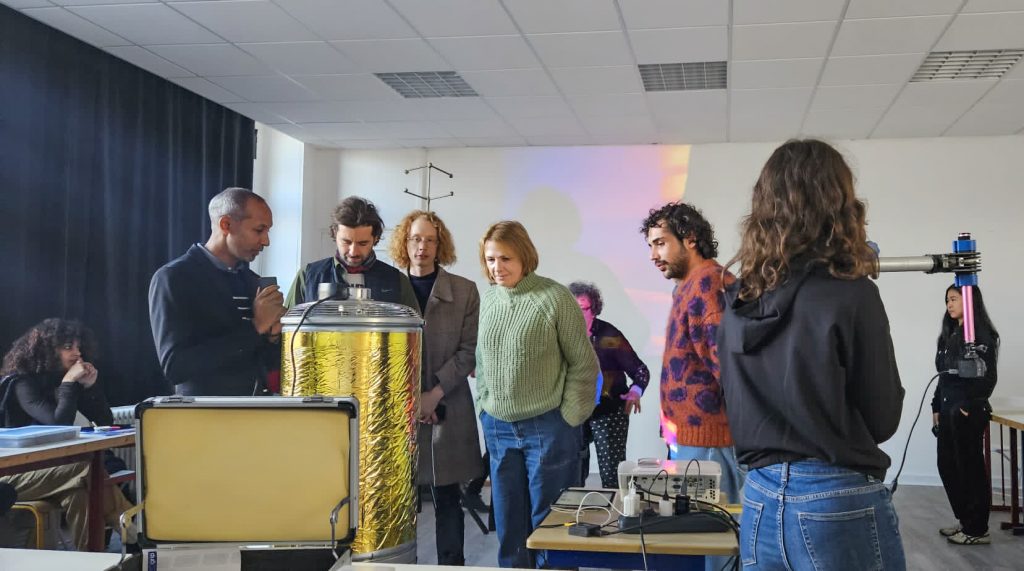
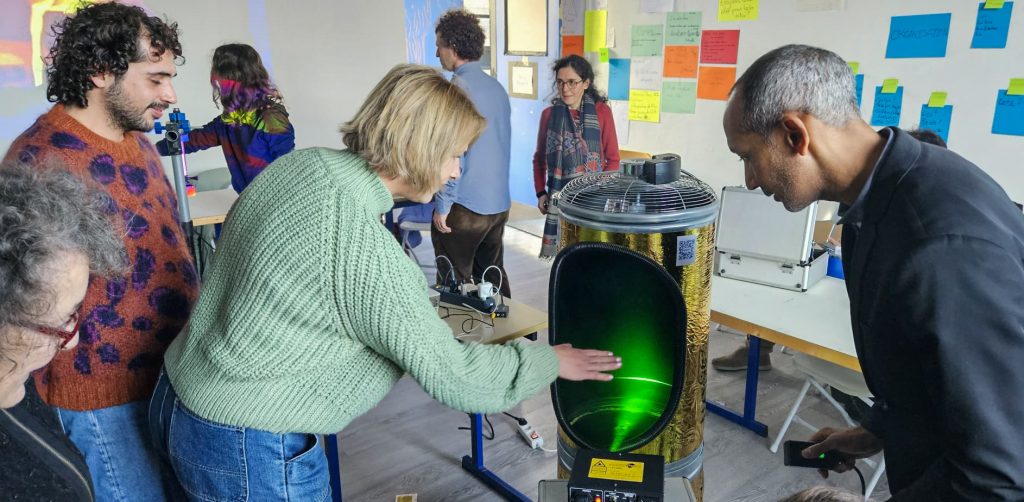
Photos 7: Demonstration of the experiments, with the English counterparts of the ESA, from Margate, visiting Dunkirk
